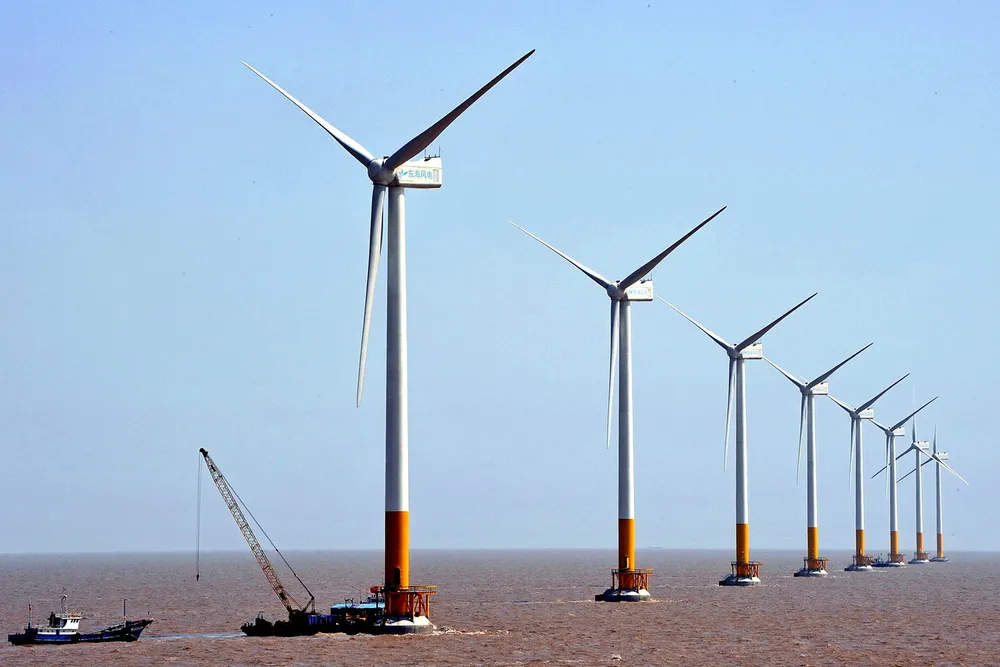Shell says $12.5 trillion investment needed for China to achieve carbon neutrality
Massive outlay of cash needed for China to reduce emissions, but Shell's estimate appears conservative compared to figures given by Chinese officials

Massive outlay of cash needed for China to reduce emissions, but Shell's estimate appears conservative compared to figures given by Chinese officials
